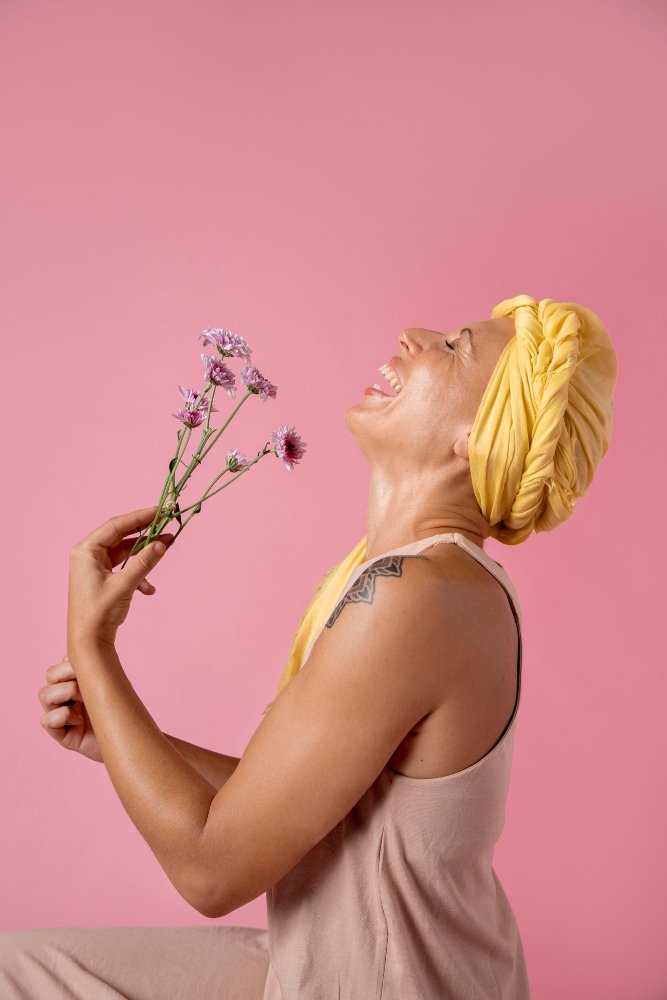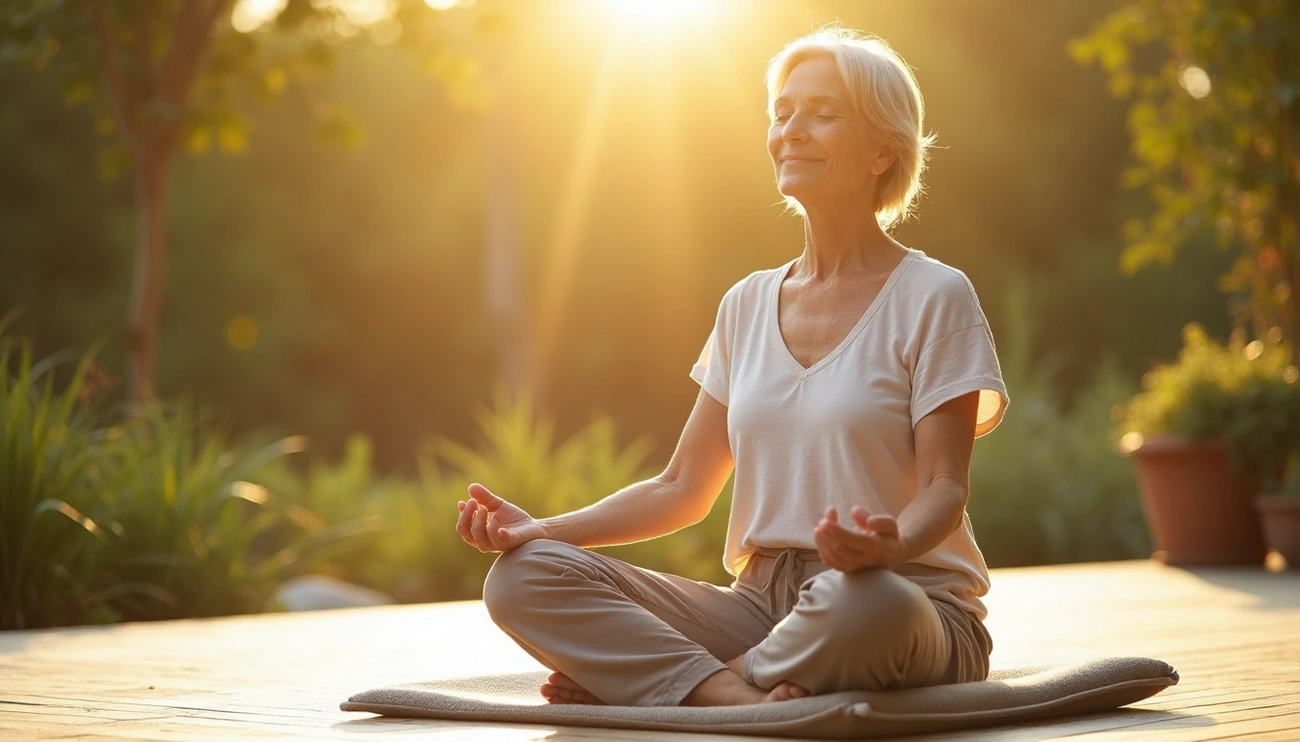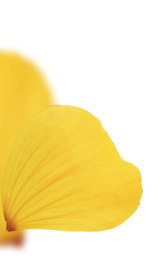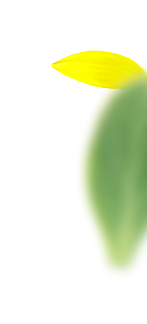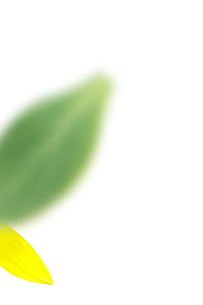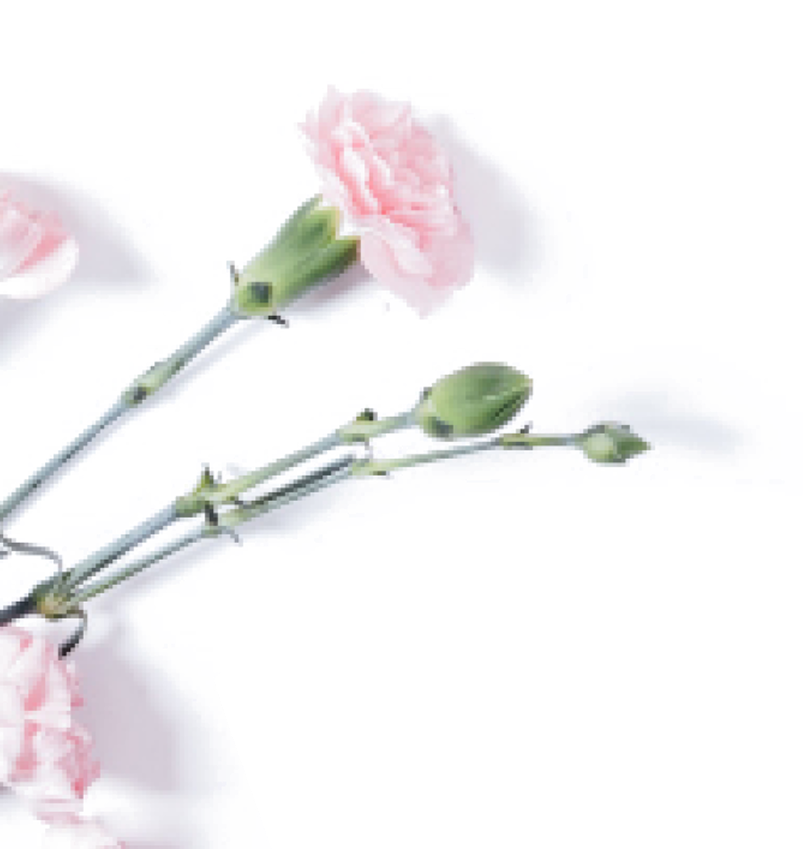Science has begun documenting the remarkable ways flowers impact our mental health. Research shows that every single person who receives flowers responds with genuine or excited smiles. This reaction transcends both age and gender lines. The emotional connection between flowers and mental health extends far beyond these immediate reactions.
The joy flowers bring lasts well beyond the first moment. People who live with flowers exhibit reduced stress levels, 5.5 points lower than those without flowers. The positive effects stick around for days after receiving flowers. Recipients feel less depressed, less anxious, and less agitated. Yellow blooms tend to create happiness and a more relaxed atmosphere. The natural scents from flowers boost comfort levels and reduce anxiety.
This piece dives into the science-backed benefits of flowers on our mental well-being. We’ll explore everything from stress reduction to improved focus, and uncover the reasons why flowers make us happy. You’ll learn practical ways to incorporate flowers into your daily life to support your psychological well-being.
Flowers Reduce Stress and Anxiety
Life in today’s high-pressure world makes stress management tools vital. Simple things, like flowers, can help alleviate psychological burdens. A University of North Florida study showed people living with flowers had reduced stress scores by 5.5 points compared to control groups [1].
How flowers lower cortisol levels
The science behind how flowers help us relax is fascinating. Our bodies respond with measurable physical changes when we look at flowers. Studies show flower images reduce negative emotions and help lower elevated blood pressure and cortisol levels when we’re stressed [2]. Flowers trigger a neurochemical response that naturally calms our stress systems.
This healing happens because the flower’s visual and scent signals stimulate the brain nerves. The central nervous system and endocrine system then release hormones that change various physical reactions [3]. The body transitions from a state of stress to a relaxed state.
Visual and scent-based calming effects
Looking at flowers creates immediate physical benefits. Plants and flowers in everyday settings help decrease physical stress responses [4]. The flowers’ soft, organic shapes and colors activate brain regions associated with calmness and positive feelings [5].
Fresh roses have proven to boost our body’s relaxation system and make people feel more ‘comfortable’ and ‘natural’ [6]. Japanese researchers found that watching videos of bamboo forests with thick canopies helped relax the human body by decreasing alpha waves [3].
A flower’s fragrance plays a big part in reducing stress. Sandalwood, bergamot, lemon, marjoram, chamomile, and lavender essential oils can calm you down [3]. Orange and lavender scents have been found to help reduce patient anxiety and improve mood in dental waiting rooms [3].
Best flower types for stress relief
Some flowers are more effective than others in combating stress. Here are science-backed options that work well:
- Lavender: Lowers cortisol levels and has been shown to reduce blood pressure, heart rates, and stress levels [7]
- Roses: Create physical relaxation effects and boost dopamine and serotonin release [8]
- Chamomile: Soothes the mind with its pleasant scent [7]
- Jasmine: Works as a potent sleep inducer and stress reliever [7]
You’ll reap the most benefits by placing these flowers in areas where you spend your stressful times, such as your bedroom nightstand or home office desk [5].
Flowers Boost Mood and Help with Depression
Image Source: Pure Innovations
Flowers do more than ease stress. They have a fantastic power to lift our mood and ease depression symptoms. These benefits don’t just last a moment – they can last for days after you receive flowers [9].
Scientific studies on mood improvement
A groundbreaking 10-month study by Rutgers University explored how flowers impact our emotional health. The research found that flowers sparked genuine joy and made people feel better both immediately and over time [10]. The most striking finding was that everyone showed a “true” or “excited” smile when they received flowers. This positive response happened with people of all ages [10].
People reported feeling less depressed, anxious, and agitated after receiving flowers. These good feelings lasted several days [10]. A study published in the Proceedings of the National Academy of Sciences found that nature experiences, including time spent with flowers, reduced rumination and activation of the subgenual prefrontal cortex. Both these factors link to depression [11].
Color psychology and emotional triggers
Each flower color sparks specific emotional responses through psychological color theory [12]. Studies show that:
- Yellow flowers boost optimism and substantially improve vigor scores on mood tests [13]
- Red flowers increase parasympathetic nerve activity and help you relax [13]
- Blue flowers work well to reduce stress and promote relaxation [14]
- White flowers help you relax while lifting your spirits [14]
Research in Landscape and Urban Planning revealed something interesting. Orange flowers (a warm color) lifted people’s spirits even when paired with cool colors like blue [15].
Why do flowers make us happy?
Flowers have a positive impact on our well-being in several ways. They trigger the release of dopamine, serotonin, and other brain chemicals that ease stress and improve mood [16]. The bright colors and balanced shapes spark these feel-good chemicals in our brains [2].
The benefits go beyond brain chemistry. Flowers promote social bonds. The Rutgers study found that people spent more time with family and friends when flowers were around [10]. This social connection plays a significant role in emotional health. Additionally, flowers engage multiple senses – sight, smell, and touch. This full sensory experience amplifies the positive effects even further [2].
Flowers Improve Focus and Memory
Image Source: That Flower Feeling |
Flowers do a lot more for our brains than just look pretty or make us feel good. Research shows they help us focus better, remember more, and boost our brain power in amazing ways.
Attention Restoration Theory explained.
Rachel and Stephen Kaplan developed the Attention Restoration Theory (ART) in the 1980s to explain why nature, including flowers, helps our brains function better. The theory suggests that natural settings with flowers possess “soft fascinations” that allow our focused attention to rest and rebound [4]. Unlike screens that require constant focus, flowers naturally capture our attention. This gives our brain a chance to recharge [8].
The theory discusses two types of attention: directed attention, which requires mental effort and can be tiresome, and effortless attention, which occurs naturally when we gaze at flowers. Our brains get a mental reset as we look at flower arrangements, which helps our neural system recover from stress [17].
How flowers support productivity
Research strongly supports the idea that flowers boost productivity. A Texas A&M University study found that men generated 15% more ideas when their workplace had flowers and plants [18]. Research from the University of Exeter also found that indoor plants can improve concentration and productivity by up to 47% and memory by 20% [19].
These benefits happen for several reasons. Flowers help balance oxygen and CO2 levels, which enables our brains to function better [19]. The color green creates emotional balance and helps us concentrate [19]. Flowers also stimulate activity in our brain’s neural pathways, leading to improved thinking [5].
Best flowers for workspaces and study areas
Some flowers work better than others in work environments to boost brain power:
- Cape primroses: Their pink, red, white, or purple blooms help your brain reset when you work on tasks [20]
- Rosemary: The scent alone helps memory and concentration [21]
- Lavender: Keeps you relaxed and cuts stress, perfect for staying focused during hard work [21]
- Sunflowers: Their bright yellow getsthe creativityy flowing and lifts your mood [21]
You can create a space that naturally helps your mind perform better by adding these flowers to your workspace or study area [5].
Flowers Aid Physical Healing and Recovery
Flowers do more than lift our spirits – they help our bodies heal faster. Science now supports what people have known for hundreds of years: flowers create environments that help patients recover more quickly.
Hospital studies on recovery rates
A key study at Kansas State University found that patients with flowers or plants in their rooms required significantly less pain medication. These patients also had lower blood pressure and heart rates [22]. Research in the Journal of Health Psychology also showed that hospital patients with flowers reported much less pain and anxiety [23].
The results get even better. A randomized trial involving 90 surgical patients found that rooms with plants and flowers helped patients heal more quickly. These patients had lower systolic blood pressure [24]. They even left the hospital earlier than others without plants [25].
How flowers reduce pain and improve sleep
These benefits work in several ways. Flowers trigger changes in the brain that lower cortisol levels and boost “happy chemicals” like dopamine and serotonin [3]. This creates the perfect environment for healing.
Different flowers offer unique benefits. Lavender helps reduce the need for opioids after surgery [6] and eases pain after C-sections [6]. Chamomile helps people sleep better, relieves back pain, and calms nerve pain. Its calming effects help people relax and sleep [26].
Using flowers in in-home recovery environments
The right flowers make recovery at home easier. Here’s what helps:
- Yellow flowers help people relax within three minutes of looking at them [13]
- Lavender reduces pain naturally [6]
- Chamomileenables you tou fall asleep [26]
- Passionflower boosts melatonin and enables you to sleep better [27]
Put flowers where you can see them while resting to get the most healing benefits [22]. Looking at flowers for just three minutes can improve your physical well-being right away [13]. This makes them a simple addition to regular recovery methods.
Conclusion
Flowers do much more than decorate our spaces. Scientific evidence shows how they disrupt our mental well-being in remarkable ways. These natural wonders reduce stress and anxiety by lowering cortisol levels and activating our parasympathetic nervous system. Additionally, they spark genuine joy and happiness. Research confirms that flowers help relieve depression symptoms with both immediate and lasting effects.
The cognitive advantages are just as impressive. Attention Restoration Theory explains why flowers help restore our mental focus and boost productivity. Their subtle stimulation allows our directed attention systems to recover, improving creativity and memory retention.
Perhaps even more surprising is how flowers accelerate physical healing. Patients with flowers in their rooms need less pain medication. They show better vital signs and often leave hospitals earlier than those without floral arrangements.
Science has proven that flowers are potent tools for promoting mental health. These natural elements are a great way to reap wellness benefits, whether you need anxiety relief, improved focus at work, or want to brighten someone’s day. Their appeal works across all ages and genders while delivering multi-sensory benefits that other natural elements can’t match.
Note that buying flowers isn’t just about beauty. You’re investing in proven mental health support that works through multiple channels to boost your overall well-being.
Key Takeaways
Research reveals that flowers provide measurable mental health benefits through multiple biological pathways, making them a simple yet powerful wellness tool backed by science.
• Flowers reduce stress by 5.5 points on stress scales by lowering cortisol levels and activating the body’s relaxation response through visual and scent-based stimulation.
• 100% of flower recipients show genuine smiles, with mood improvements lasting several days and significant reductions in depression and anxiety symptoms.
• Flowers boost productivity by 47% and memory by 20% through Attention Restoration Theory, allowing our brains to recover from mental fatigue naturally.
• Hospital patients with flowers require less pain medication and recover faster, with measurably lower blood pressure and heart rates during healing.
• Yellow flowers specifically improve relaxation within 3 minutes of viewing, while lavender reduces pain and chamomile enhances sleep quality for optimal recovery.
The evidence is clear: incorporating flowers into your daily environment—whether at home, work, or during recovery—provides immediate and lasting benefits for both mental and physical well-being. This makes flowers one of the most accessible and scientifically supported natural interventions for enhancing quality of life.
References
[1] – https://safnow.org/aboutflowers/quick-links/health-benefits-research/stressless/
[2] – https://cowleyflorist.co.uk/blog/flowers-as-a-natural-way-to-enhance-mood-and-wellbeing/
[3] – https://floristsreview.com/the-therapeutic-power-of-flowers/
[4] – https://en.wikipedia.org/wiki/Attention_restoration_theory
[5] – https://gloristflowers.com/blogs/collections/the-health-benefits-of-giving-flowers?srsltid=AfmBOooSreqVF8hzoN6Oz0JIIvnHiWs5TRHfQkHn8H9OzDQvzF35ZWTF
[6] – https://pmc.ncbi.nlm.nih.gov/articles/PMC3612440/
[7] – https://www.interflora.in/blog/flowers-that-help-relieve-stress-and-anxiety?srsltid=AfmBOooPFtILCEZTYDBCfZWUhugAPdoJi3zeM8EcjsUMjbu1AWQRPNrr
[8] – https://pmc.ncbi.nlm.nih.gov/articles/PMC11050943/
[9] – https://www.longstems.com/blog/the-positive-effects-of-flowers
[10] – https://safnow.org/aboutflowers/quick-links/health-benefits-research/emotional-impact-of-flowers-study/
[11] – https://adeleraeflorist.com/blogs/news/can-flowers-help-with-depression-what-the-science-says-by-adele-rae-florists?srsltid=AfmBOopCkNLUSe1yhEXzYR5–UGWtHAoNXpkRaoUJQJANFUpWUrl0oIn
[12] – https://www.bloomsybox.com/blog/posts/how-flower-colors-influence-emotions-choosing-the-right-bloom-for-every-occasion?srsltid=AfmBOoqWuDSMRDVj0heHSYm8o8vAMvUhj4ZnlCF0iHlH4u3cPP6wq72f
[13] – https://pmc.ncbi.nlm.nih.gov/articles/PMC8507779/
[14] – https://www.sciencedirect.com/science/article/pii/S1618866722003387
[15] – https://www.sciencedirect.com/science/article/pii/S0169204624000987
[16] – https://dragonettiflorist.com/blogs/floral-inspiration/positive-benefits-of-flowers-on-mental-health?srsltid=AfmBOoq7A363OGwaV0An9wRVJG4DbFF1ZlK659UiFNSoRyaVf3niETzR
[17] – https://www.plantplan.co.uk/blog/unpacking-kaplan-kaplan-s-attention-restoration-theory-art-
[18] – https://safnow.org/aboutflowers/quick-links/health-benefits-research/workplace-productivity-study/
[19] – https://bloomscape.com/green-living/office-plants-lower-stress-improve-concentration/
[20] – https://www.homesandgardens.com/gardens/best-office-plants
[21] – https://thatflowerfeeling.org/elementor-95464/
[22] – https://www.grossiflorist.com/post/7-surprising-ways-flowers-improve-your-mental-and-physical-health
[23] – https://ecorosesla.com/blogs/news/therapeutic-benefits-of-flowers-more-than-just-esthetics?srsltid=AfmBOor0r8DGLfa4zu0rzAjC8UOR_VPw2IZnZam3VIbsQLTPhiaS-wsa
[24] – https://pubmed.ncbi.nlm.nih.gov/19715461/
[25] – https://www.gvhealthnews.com/features/study-hospital-patients-benefit-from-presence-of-flowers/
[26] – https://www.tandfonline.com/doi/full/10.1080/19476337.2025.2504527
[27] – https://www.healthline.com/health/food-nutrition/passion-flower-tea


